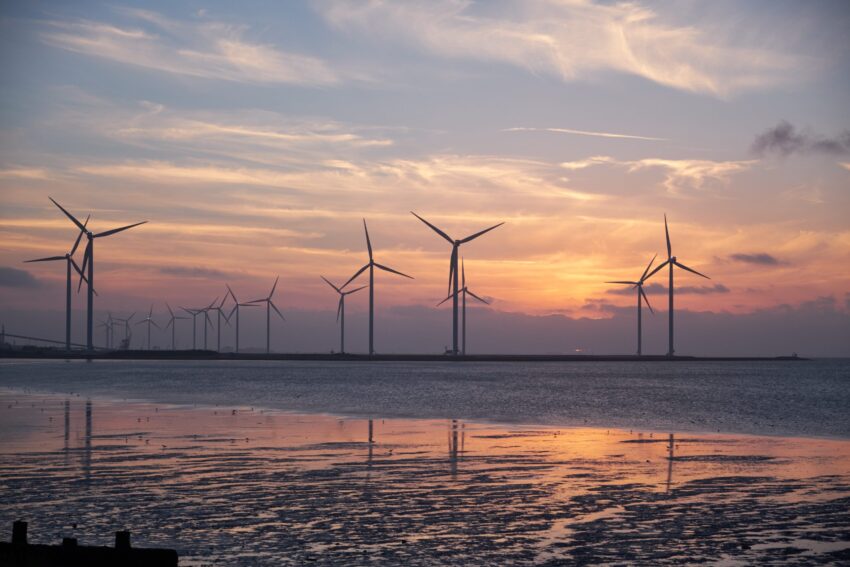AG INSIGHT | 08/03/2018
Attracting Offshore Wind Farm private debt

Morten Sørensen, Senior Project Finance Specialist, Financial Solutions at MHI Vestas Offshore Wind, reviews the important role of the offshore wind industry in meeting our climate targets whilst establishing a secure asset class for private debt investors
The offshore wind industry had no track record 25 years ago. This was a time when no dedicated supply chain existed and ad hoc solutions were needed to solve problems as they arose. Today, offshore wind has grown into a full-scale industry with a proven track record, not only in design, manufacturing and installation, but also in operational performance. The offshore wind industry is now positioned better than ever to deliver the low carbon solutions we need to mitigate climate change whilst establishing a secure, transparent and predictable asset class for private debt investors.
Why should the government be party?
It will require the combined effort of many relevant stakeholders and influencers, such as the Aldersgate Group, to achieve a greater volume of installed renewable megawatt capacity, which will play a major role in achieving the UK’s carbon emission reduction targets.
Government policy that secures transparency and creates a suitable framework for investment is crucial. The Contracts for Difference regime and the auction rounds for example have proven their worth by driving down the levelized cost of energy to record lows. This is good news, not only for consumers, UK tax-payers and the environment, but also for building the foundations of a sustainable industry and one that can help to reduce our dependency on imported fossil fuels and minimise the impacts on price fluctuations of raw materials otherwise used as energy sources.
An additional benefit is job creation. In Denmark, the cradle of this industry, a wide range of small to medium sized enterprises (SMEs) are subcontractors to the major Wind Turbine Generator (WTG) manufacturers such as MHI Vestas Offshore Wind. These SMEs are continuously developing new technology and solutions in close collaboration with the WTG manufacturers, securing ongoing growth in jobs and GDP. The success in Denmark can be replicated abroad, when given time and the right political environment to allow the supply chain to grow. MHI Vestas has established a blade factory and paint shop in the UK as evidence of the importance of this market, on top of the service organization in the UK handling the increasing number of service and maintenance contracts related to wind farms. These are well paid specialist jobs for 10-15 years, often in remote locations where jobs are most needed.
How can we attract private debt investment?
Today, the offshore wind industry is well on track to meet high expectations but doing so requires financing. Therefore, we are calling for the same debt investment pool as other asset classes.
From a high-level perspective, the industry sees the same developments taking place in the offshore wind farm sector as has historically taken place in other sectors, through the following stages:
Step 1) A few large-scale industry participants (the utilities) take the lead to invest in new technology, with no non-recourse finance available.
Step 2) The market opens up for highly specialized project finance banks.
Step 3) More banks get involved and the sector opens up for direct debt investments from institutional investors.
Step 4) General acceptance of the sector as an “asset class”, gaining global interest from the capital markets and related private debt.
Step 5) The asset class commands no specific risk premium and becomes a liquid debt asset in the capital markets.
As of today, the offshore wind industry is in step 3-4. From a debt investment perspective, it is perceived as low risk and steady yield, and still benefits from higher risk premiums compared to Real Estate mortgage bonds and governments bonds which are also offering +15 years tenors. However, the industry does not have the same liquidity as those bonds and the majority of debt finance is still raised through the banking market.
If the offshore wind industry is to continue to attract and accelerate the amount of private debt funds invested, the supply chain and project sponsors will need to continue their positive track record in performance to win the acceptance of Rating Agencies as an Investment Grade asset. This will pave the way for even more private debt involvement.
A fundamental requirement to make this happen is the continuing political and financial support from the UK government, as mentioned above, to mitigate the risk from temporary low revenue streams. This support provides benefits in job creation, low carbon emissions and reduced dependency on fossil fuels.
Morten Sørensen is Senior Project Finance Specialist, Financial Solutions at MHI Vestas Offshore Wind



